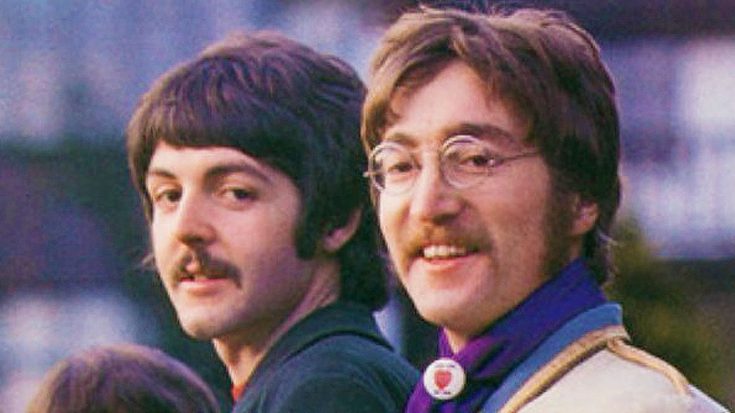John Lennon, one of the most influential musicians and cultural icons of the 20th century, was not only known for his groundbreaking music but also for his distinctive style, particularly his ever-evolving hairstyles. As a founding member of The Beatles, Lennon's fashion choices and hairdos reflected the changing trends of the times and often became symbols of countercultural movements. His hairstyles evolved drastically, from the early days of sleek, mod cuts to the iconic longer hair that became synonymous with his rebellious and artistic persona.

The Early Years: The Quarrymen and the Birth of The Beatles

John Lennon, born on October 9, 1940, in Liverpool, England, embarked on his musical journey in the late 1950s. As part of The Quarrymen, the band that would later evolve into The Beatles, Lennon sported a classic '50s look. His early hairstyles were in line with the prevailing fashion of the time, characterized by short and neatly combed hair, reminiscent of the conservative, clean-cut style of the post-war era.
The "Mop Top" Era

With the rise of Beatlemania in the early 1960s, The Beatles became a global sensation, and their distinctive hairstyles gained as much attention as their music. The iconic "mop top" hairstyle, famously associated with the band, was characterized by longer hair that was styled to create a neatly combed and sleek look. John Lennon, along with his bandmates, embraced this new style, and their signature haircut became a trendsetting phenomenon, influencing fashion and grooming worldwide.
Transition to Individualistic Styles

As The Beatles' fame grew, each member began to embrace their individuality, both musically and in terms of fashion. John Lennon's evolution from the clean-cut '60s look to a more individualistic style began during this period. He started experimenting with slightly longer hair and less conventional grooming, signaling a departure from the earlier uniform "mop top" that had come to define the band's image.
The Psychedelic '60s: The Influence of Counterculture

The mid-to-late 1960s marked a significant shift in Lennon's hairstyle, coinciding with the band's exploration of psychedelia and the countercultural movements of the era. His hair grew longer, and he began to adopt a more natural, free-flowing style, influenced by the bohemian and hippie movements. His hair became less meticulously styled, reflecting the changing social and cultural landscape of the time.
Bed-Ins, Peace Activism, and Iconic Lengths

Lennon's hairstyles evolved further during the late '60s and early '70s. His involvement in peace activism, along with his famous "bed-ins" and outspoken views, was accompanied by his adoption of significantly longer hair. He moved away from the clean, structured look of the early Beatles years to a more rugged, unkempt appearance. His hair became a symbol of rebellion, artistic expression, and his commitment to social and political causes.
Imagine Era and Beyond: The Iconic Long Hair and Beard

The early 1970s marked the peak of Lennon's hair transformation. He sported the iconic long hair and beard, which became synonymous with his image during the period surrounding the release of his legendary song "Imagine." This image of Lennon, with his long hair, round glasses, and beard, remains one of the most enduring and iconic representations of his persona.
Impact and Legacy

Lennon's hairstyles, much like his music, left a lasting impact on popular culture. His journey from the conservative '50s style to the rebellious and free-spirited long hair and beard represented not only personal evolution but also the changing tides of social and cultural norms. His hairstyles became symbols of the times, reflecting the shifting cultural landscape and the spirit of artistic and social revolution.
Conclusion

John Lennon's hairstyles reflect not only his personal journey but also the transformative periods of cultural and social change. His evolution from the sleek '50s cuts to the iconic longer hair mirrored his growth as an artist and thinker. Lennon's hairstyles were emblematic of the era in which he lived, representing the various stages of his life, his music, and his ideological pursuits. His influence on fashion and grooming continues to resonate, leaving an indelible mark on the history of pop culture. John Lennon remains an enduring figure not only in the realm of music but also in the world of fashion and style, where his ever-evolving hairstyles are celebrated as integral parts of his legacy.

